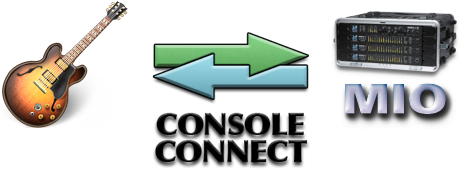

You can run the following command to know what sampling rates are supported:Ĭheck for "rates" filed and note it down. In that case, you'll have to first check for the supported sampling rates for your device. If the application fails with "Invalid sampling rate" then the default sampling rate used by this application is not supported by your audio card. Additionally, you might want to increase the order(set to 2 in script), for better performance of the filter but this comes at a performance penalty. On your system if you have installed scipy, then you can use the supplied "filter.py" to generate filter parameters for your needs by changing the cutoff frequency, Fc. This application uses a digital low pass filter to cutoff high frequency noise. You can exit the application any time by hitting "ctrl-c".
#Guitar tuner in mio console install#
You need to install git on your Edison to proceed with this step.įollow these instructions to install the tuner application: git clone tuner Now that the audio card is setup, you'll have to install the port audio. When you execute the following command you should hear some one speak: aplay /usr/share/sounds/alsa/Front_Center.wav To test if your USB audio card gets used as the default audio card, connect external speaker or headphone to the USB sound card. In my case, that would be: pcm.!default sysdefault:U0xd8c0x13c Press 'i' to start editing the file and enter the following text with replaced by your actual USB audio card name. Open up the file "/etc/nf" for editing using "vi" vi /etc/nf

Note down by what name your device got recognized. In the Linux console (refer to this getting started guide if you want to know how you can gain access to the Linux console), type the following command: aplay -l In this mode, you will have to power the base board with a DC power supply adapter (7V-15V, I used the power adapter that came with Intel Galileo Gen2). To connect the USB sound card, you'll need to move the switch near the USB port towards the USB host port as in the attached picture. First thing to do is to setup the USB audio card.


 0 kommentar(er)
0 kommentar(er)
